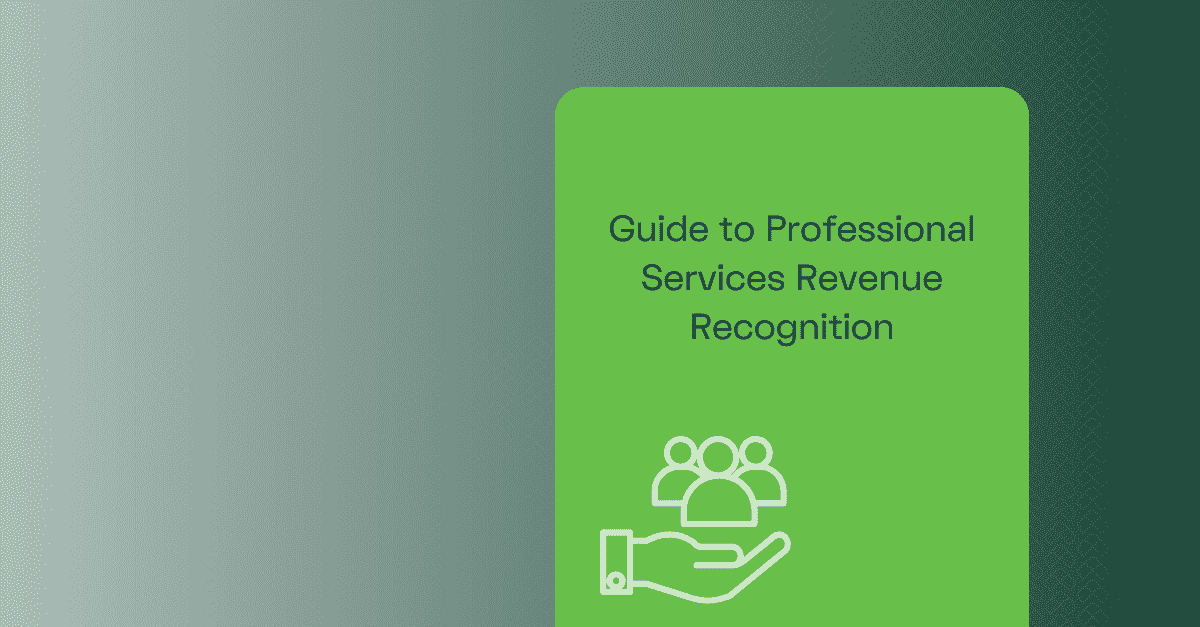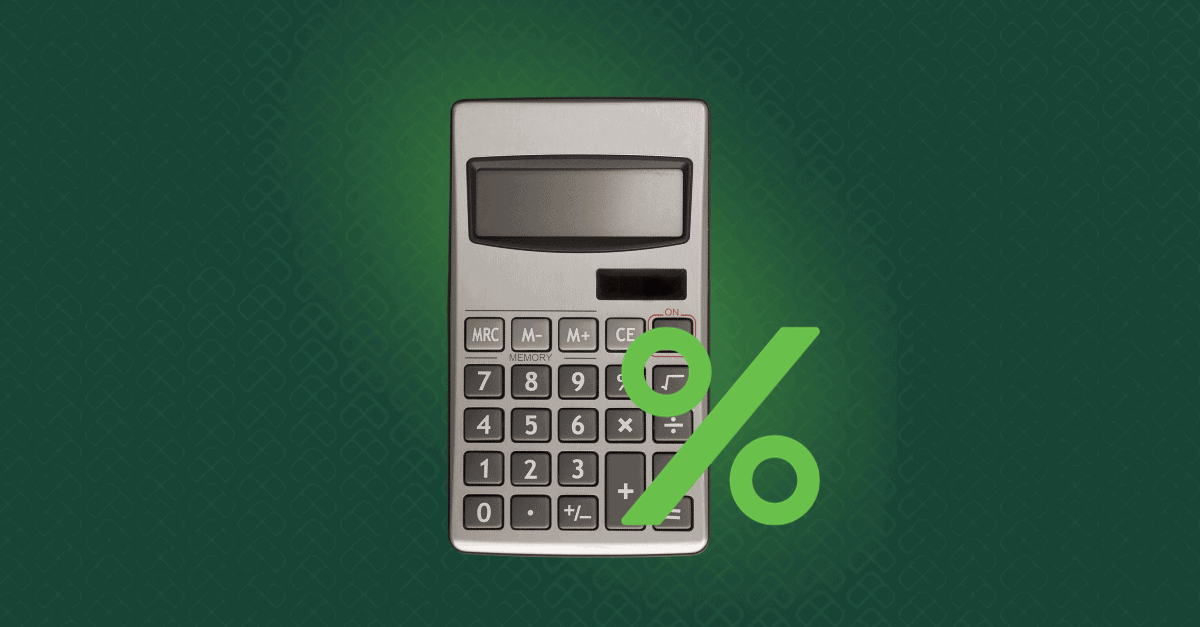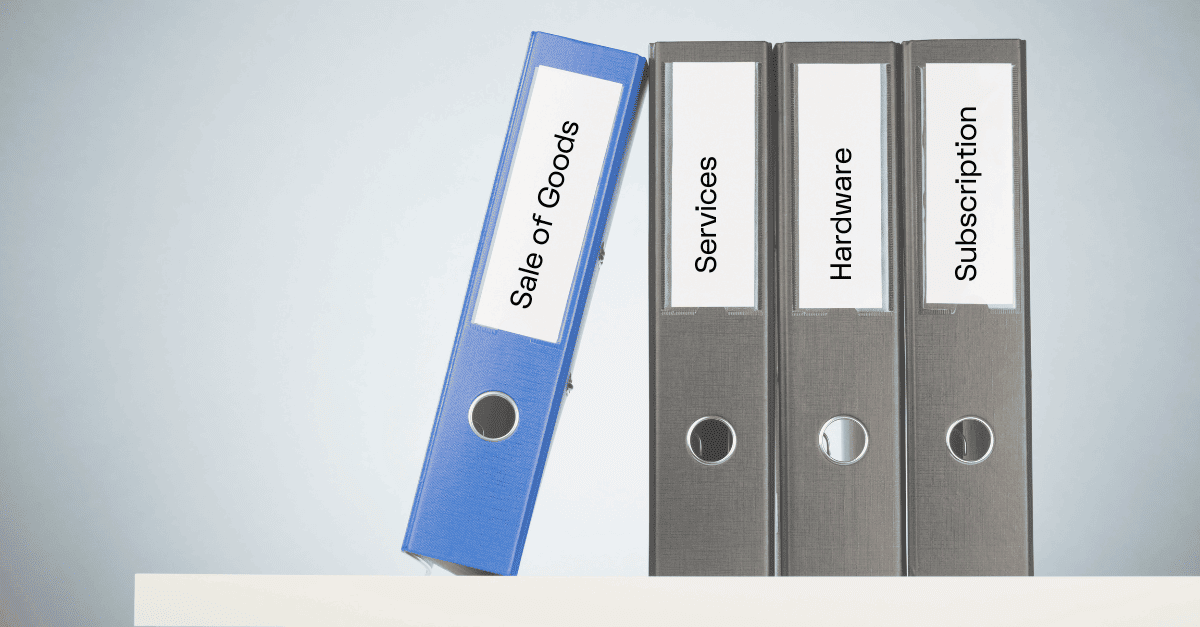For some companies, like retailers, revenue recognition can be relatively straightforward: sell a product and immediately recognize the revenue. This isn’t necessarily the case, however, when it comes to professional services firms that employ lawyers, financial advisors, engineers, and others who provide their clients with knowledge-based services. Why? Because varying contracts, deliverables, project lengths, and project milestones can make determining when and how to recognize revenue much more complicated.
Despite all these complexities, professional services companies and their accounting teams must figure out how to recognize revenue properly. This is critical so they can avoid legal and reputational harm and accurately portray their financial performance to investors and other stakeholders.
In this guide, we’ll discuss the key principles of professional services revenue recognition, the various accounting methods generally employed by these organizations and the challenges they often face. We’ll also explore how technology can make this process much easier. Continue reading to gain a more comprehensive understanding of revenue recognition for professional services companies.
Key Principles of Revenue Recognition for Professional Services Companies
Professional services companies’ entire revenue recognition process is guided by accounting standards ASC 606 domestically and IFRS 15 internationally. These frameworks help organizations accurately recognize revenue while also remaining compliant. Below, we dive into each step of the revenue recognition principle.
Step 1: Identification of the Contract With a Customer
Revenue recognition begins when a professional services company and its customer enter a contract. For private companies, a contract exists when there is a mutual agreement, enforceable rights, and identifiable performance obligations for providing goods or services with an agreed-upon transaction price. Collectibility of payments should also be considered probable.
Step 2: Identification of the Performance Obligations in the Contract
Performance obligations are promises in a contract to transfer distinct goods or services to a customer, triggering revenue recognition when they are fulfilled. Companies must identify these performance obligations in the agreement and decide if they will be bundled or accounted for separately.
Step 3: Determination of the Transaction Price
The transaction price is calculated by determining the amount of consideration (revenue generated) the company expects in exchange for transferring goods or services to the customer. It must consider discounts, incentives, rebates, and third-party obligations like sales tax.
Step 4: Allocation of the Transaction Price to the Performance Obligations in the Contract
If a contract includes multiple performance obligations, the transaction price must be allocated to each obligation based on its standalone selling price. Professional services organizations should pay particular attention to applying ASC 606 guidelines to their variable cost estimate considerations. This can get complicated since, despite making up a series, they are considered a single performance obligation.
Step 5: Recognition of Revenue When (or as) the Entity Satisfies a Performance Obligation
Put succinctly, revenue is recognized when the professional services company satisfies a performance obligation by transferring a promised good or service to the customer. This can occur over time (when services are delivered over time) or at a point in time (when goods or services are completed), depending on the nature of the performance obligation.
Different Methods of Revenue Recognition in Professional Services
Professional services companies have the choice of several revenue recognition methods and should select the one that best fits their needs. Below, we examine these models in detail.
Time and Material Method
The time and material model involves billing clients based on the actual hours worked and the materials used for a project. Most often, a contractual billing rate is used to account for both the time and potential materials used, together. Revenue is recognized as services are performed, providing flexibility as costs vary.
The calculation for time and materials revenue will be the result of multiplying the approved hours in a period by the contracted billing rate for each. The resulting amount is then invoiced and recognized for the period in which the hours took place. With the time and materials method, there may also be a need to invoice/recognize for items that are not included in that contracted billable rate. For example, it is possible that items such as travel expenses need to be invoiced to the client as a billable expense. That invoice then typically is recognized as revenue to offset the corresponding expenses.
This method is generally suitable for projects with evolving scopes or uncertain timelines. It helps ensure revenue aligns with the effort invested, increasing transparency and accommodating dynamic project requirements. It’s widely employed in consulting, IT, and other service-oriented industries.
Fixed Price Method
Under the fixed price model, clients pay a predetermined, agreed-upon amount for a specific scope of work, regardless of the actual time or resources expended. Revenue is recognized once the project is completed or milestones are achieved, providing clarity and predictability.
This revenue recognition method helps organizations manage their budget expectations and promotes efficiency as service providers focus on delivering value within the established fixed price framework.
Milestone-Based Method
As its name implies, the milestone-based model recognizes revenue as specific project milestones are achieved. Instead of recognizing revenue evenly over time, it links earnings to key project accomplishments. This approach aligns revenue recognition with the delivery of significant project stages, providing a more accurate representation of the value provided.
This method benefits service-oriented businesses where project completion stages are distinct and measurable, allowing for a more transparent and reflective revenue recognition process.
Value-Based Method
The value-based model recognizes revenue based on client value. Unlike the traditional time and material method, it ties revenue recognition to the outcomes and impact of services rather than hours worked.
This approach helps ensure fair compensation for high-value services. Valuing results fosters a more client-centric and performance-driven approach to revenue recognition at professional services companies.
Percentage of Completion Method
Finally, the percentage of completion method enables professional services firms to recognize revenue proportionate to the completion of a project. In other words, it calculates revenue based on the percentage of work done against the total project. This type of recognition method is similar to the Fixed Price method in that the contractual amount being billed is firm and typically billed up front or via milestones.
This method is beneficial because it accurately portrays financial performance over time, especially for long-term projects, thereby providing companies with a clearer picture of profitability and helping them avoid large swings in revenue recognition at the completion of the project.
Challenges in Revenue Recognition for Professional Services
As mentioned previously, challenges often arise as professional services organizations attempt to recognize revenue despite the Financial Accounting Standards Board’s (FASB) ASC 606 guidelines. Let’s discuss some of these common difficulties below.
Managing Client Expectations
Many professional services companies find it hard to manage client expectations because of the intangible nature of their services. This can make it difficult for them to quantify and predict outcomes, and clients often have varied interpretations of value, leading to potential discrepancies in revenue expectations.
Additionally, subjective performance evaluations and changing project scopes and timelines can also cause confusion. It’s crucial that professional services organizations communicate clearly with clients to align their expectations with actual service delivery, helping to guarantee satisfaction and transparency.
Accounting for Multiple Element Arrangements
Another challenge that professional services companies often encounter is the need to bundle diverse services. It can be quite challenging and time-intensive for accountants to determine fair values for each element, allocate revenue proportionally, and ensure the correct timing of recognition.
Further complicating the process? Constantly shifting industry standards and subjectivity on the part of the business’s accounting experts. While essential for accurate financial reporting, it can be remarkably difficult to recognize revenue in the context of bundled professional services.
Forecasting Revenue
Professional services organizations often struggle to forecast their revenue and predict project outcomes. Unlike tangible goods, services lack a fixed value, sometimes making it hard to gauge their ultimate worth.
Variables such as project scope changes, client input, and unforeseen challenges further complicate revenue estimation. Balancing client expectations with realistic projections can be a challenge that ultimately impacts revenue recognition in this sector.
Impact of Technology on Professional Services Revenue Recognition
The advent of advanced technologies, particularly professional services automation (PSA) and revenue recognition software, has significantly transformed revenue recognition for professional services companies. These tools streamline project management, improve time tracking and resource allocation, and help produce more precise and timely financial reporting.
Leveraging technology-driven solutions can help companies comply with the latest revenue recognition standards, optimize their revenue forecasting, and achieve more accurate revenue recognition on their financial statements.
Automation of Revenue Recognition
Manually computing revenue recognition is a tedious, time-intensive job for accounting teams within professional services organizations. However, when revenue recognition is automated, complex financial processes are streamlined and simplified.
Automation reduces manual errors, ensures compliance with accounting standards, and improves revenue reporting. As a result, companies can make more informed decisions while saving time and resources on manual tasks.
Using Software to Aid in Compliance
Revenue recognition software also makes it easier for professional services organizations to adhere to regulatory requirements, reduce human error, adapt to compliance changes, and boost efficiency. This type of software not only mitigates risks and potential legal issues for the company but also fosters client trust, positioning the organization as reliable and adept at navigating complex regulatory landscapes.
Flexibility to Integrate with Other PSA Applications
Revenue recognition is just one aspect of PSA management. The right professional services revenue recognition tool should seamlessly integrate with your existing tech stack; from your PSA quoting and management tool to your billing engine and ERP. The right tool can ingest data from any source and should be flexible enough to handle simple deferrals and complex revenue schedules based on usage, milestones, and percentage of completion, for example.
Revenue Visibility and Forecasting
Another feature to look for in a professional services revenue recognition solution is one that can provide visibility into your complete revenue picture. Insights into planned, unplanned, billed, and recognized revenue on a contact level allow you to gain a complete understanding of the contract lifecycle and better planning for expected revenue with waterfall metrics by month, quarter, product, or any criteria you need.
How RightRev Can Help
RightRev understands professional services companies’ unique revenue recognition needs and how they can change over time. Flexible and scalable, our advanced revenue automation solution is ready to tackle any challenge, from multiple-element arrangements to tricky revenue estimations.
RightRev offers everything you need to recognize revenue quicker and easier, not to mention saving your accounting team hours and hours of monotonous work. Learn more about our revenue recognition automation software today.
Technology Can Combat Revenue Recognition Hurdles
No professional services organization can escape the challenges surrounding revenue recognition. As the business matures, complexities will inevitably arise.
But thanks to technology, nowadays, there are several tried-and-true ways to streamline this nuanced, tedious, and error-prone process.
Importance of Appropriate Revenue Recognition in Professional Services
Revenue recognition must be performed correctly by professional services companies so they can represent their true financial health to stakeholders, investors, and regulatory authorities. Recognizing revenue increases the credibility of financial statements for all and provides a foundation for effective decision-making, resource allocation, and sustainable growth in the professional services industry.




